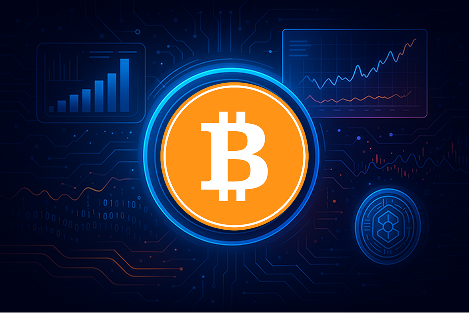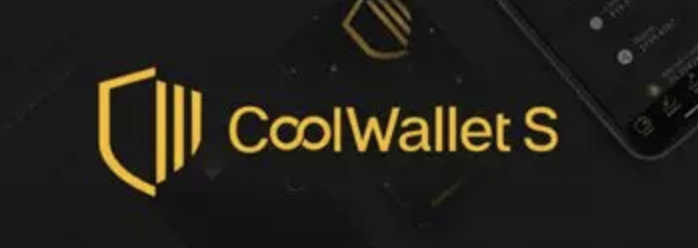As the crypto industry matures, the quest for the safest cryptocurrency to buy has become more important than ever. With millions of new investors entering the space and increasingly sophisticated scams on the rise, security is no longer optional, it’s essential.
In this guide, we break down what makes a crypto asset secure, identify the top 5 safest cryptocurrencies to buy in 2025, and offer practical strategies to help you invest in crypto safely. Whether you’re a beginner or a seasoned investor, this guide combines education, reassurance, and up-to-date analysis.
What Makes a Cryptocurrency Safe?
Before you buy into any coin or token, it’s critical to evaluate its security profile. A « safe » cryptocurrency doesn’t just mean it won’t lose value overnight; it also means it’s resilient against cyberattacks, fraud, and protocol vulnerabilities. Here are five key criteria to determine the safest crypto 2025:
1. Technological Security
- Proven blockchain infrastructure (e.g., proof-of-work or proof-of-stake)
- Regular third-party code audits
- Protection against 51% attacks and network vulnerabilities
2. Reputation & Transparency
- History of stability and responsiveness to issues
- Transparent team, governance, and development roadmap
3. Market Capitalization & Liquidity
- Higher market cap generally reflects lower volatility and higher investor trust
- Strong trading volume reduces price manipulation risk
4. Adoption & Utility
- Real-world use cases (payments, DeFi, NFTs, enterprise applications)
- Partnerships with reputable institutions
5. Regulation & Compliance
- Legal clarity, especially in the U.S. and EU
- Alignment with KYC/AML standards
Technical security ensures the blockchain won’t be hacked. Value stability refers to market trust and real-world usage. Both matter.
Top 5 Safest Cryptocurrencies to Buy in 2025
The following assets stand out for their security, resilience, and institutional trust. While no investment is entirely risk-free, these are widely considered low-risk cryptocurrencies based on recent evaluations.
Bitcoin (BTC) – Historical Robustness
- Strengths: Most decentralized network, massive hash power, first-mover advantage
- Weaknesses: Slow transaction speed, energy concerns
- Security: Proven PoW mechanism; resistant to attacks for over a decade
- Use Case: Store of value, inflation hedge, cross-border payments
Ethereum (ETH) – Blockchain Security + Layer 2
- Strengths: Largest smart contract platform, strong developer community
- Weaknesses: High gas fees (improving with Layer 2)
- Security: Now PoS with staking; audited frequently
- Use Case: DeFi, NFTs, DAOs, tokenization
USD Coin (USDC) – Regulation and Transparency
- Strengths: Fully backed 1:1 with USD reserves, monthly audits
- Weaknesses: Dependent on U.S. banking system
- Security: Transparent collateral, Circle’s regulatory compliance
- Use Case: Payments, stable DeFi yield farming, remittances
BNB (Build and Build) – Ecosystem Strength
- Strengths: Powers the BNB Chain ecosystem, discounted Binance fees
- Weaknesses: Centralized governance model
- Security: Frequent audits; protected by Binance SAFU fund
- Use Case: Trading fee discounts, DeFi, GameFi, governance
Solana (SOL) – Improved Reliability
- Strengths: Lightning-fast transactions, growing developer interest
- Weaknesses: Past outages have hurt trust
- Security: Upgraded consensus (QUIC, Firedancer), increased decentralization
- Use Case: NFTs, DeFi, microtransactions, tokenized assets
For a deeper dive into emerging projects with strong potential, read our guide on Top AI crypto projects 2025.
How to Evaluate the Safety of a Crypto Investment
Want to assess a new or trending coin? Here’s a quick framework:
Technical & Fundamental Analysis
- Examine GitHub activity, network validators, audit history
- Read the whitepaper: Is it technical, honest, and updated?
Reliable Sources of Truth
- Third-party audits (e.g., CertiK, Trail of Bits)
- Regulatory status (SEC filings, licenses)
- Transparent tokenomics and inflation rates
Perceived vs. Real Safety
- Just because a coin is trending doesn’t make it safe
- Look beyond hype and ask: Is this coin sustainable long term?
You can explore helpful analysis in our breakdown of Revain crypto review, which offers user-based feedback metrics.
Common Crypto Scams and How to Avoid Them
Protecting your assets starts with awareness. The most common scams include:
- Rug Pulls: Developers abandon a project after raising funds
- Phishing: Fake wallets, emails, or websites tricking users
- Imposter Platforms: Lookalike exchanges with malicious intent
How to Stay Safe:
- Always verify URLs before logging in
- Use cold wallets for long-term holdings
- Never share your private keys or seed phrases
For more security tips, check out Cryptocurrency Price Tracker for Beginners: How to Stay Safe.
Tips to Securely Buy and Hold Cryptocurrencies
Buying the safest cryptocurrency to buy means nothing if you don’t store it securely. Here’s how:
Choose the Right Platform
- Use regulated exchanges like Coinbase, Kraken, or Binance
- Look for insurance policies, cold storage, and compliance certifications
Use Hardware Wallets
- Devices like Ledger or Trezor protect against online threats
- Store your recovery phrases offline
Enable 2FA and Anti-Phishing
- Use apps like Authy or Google Authenticator
- Add withdrawal whitelists and email confirmation settings
Check out tools like Real-Time Crypto Market Indicators Explained: A Beginner’s Guide to monitor asset safety and trends.
Conclusion – Choosing the Safest Crypto for Your Strategy
The safest cryptocurrency to buy depends on your goals:
- Looking for long-term store of value? Bitcoin (BTC)
- Want programmability and ecosystem? Ethereum (ETH)
- Prefer price stability? USDC
- Diversifying across platforms? Add BNB or SOL
Stay updated, educate yourself, and invest responsibly. Use secure platforms, hold your assets safely, and always question the hype. For further help, explore our How to Read Crypto Candlestick Charts: A Beginner’s Guide and stay ahead of volatility.
















